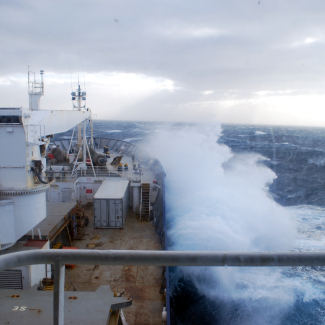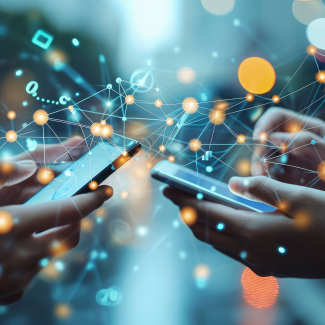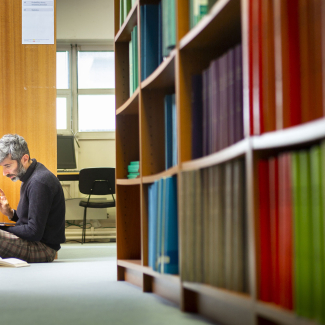
Protection
Protecting research results is crucial for innovation. Through its approach to the protection of intellectual property, the CNRS leverages discoveries, encourages economic development, plays a role in disseminating research results and fuels international research. Protecting the results produced by the researchers whose work is the source of innovations gives long-term life to the ambition for innovation.
Protecting IP
Intellectual Property (IP), the most common form being invention patents, promotes innovation by securing investments in R&D. The CNRS holds a confirmed position in the top 10 highest contributors of patents in France according to the French National Institute for Industrial Property (INPI) Ranking.
Patents
Patents are vectors for spreading knowledge. A patent endorsed through licensing is the best method for a company or start-up to ensure the development of the subject of the patent because it grants them a monopoly on usage that will secure investment.
Every year, new invention registrations originate from laboratories under CNRS supervisory authority and these are analysed by our patent engineers. They check whether the invention will be considered to be patentable by the patent office, on the basis of the technical knowledge that is publicly available (including disclosures from the researcher themselves) and whether a patent is the most suitable protection tool to promote this innovation. Once the minimum protective action has been taken, a deeper assessment of the potential of the technology begins, looking in particular at the legal potential of the patent (the chances that the patent office will issue it with a broad scope, the freedom to make use of it, and so on), maturation of the technology and its position against competitors.
Licensing
Capitalising on a patent always starts with negotiating a licensing contract, which delivers the right of use of the patent in a specific field and region with a view to commercialisation. Every year, our teams and those of our partners sign around 200 licensing contracts on behalf of the CNRS.
Licensing Policy
The CNRS delivers the development of effective solutions based on its patented technologies. Research organisations that have contributed patents are remunerated fairly and reasonably so that the laboratories and teams can continue to pursue their programmes of basic research.
CNRS teams commit to implementing a licence that suits the economic and technological developments of their partners in industry. This is so they can jointly build a licensing plan, adjusting the scope of the licence to fit the project, with financial conditions that are suitable for the project and are determined on the basis of comparable projects.
Find out more
Photo Credit: © Hubert RAGUET / C12 Quantum Electronics / LPENS / CNRS Images

